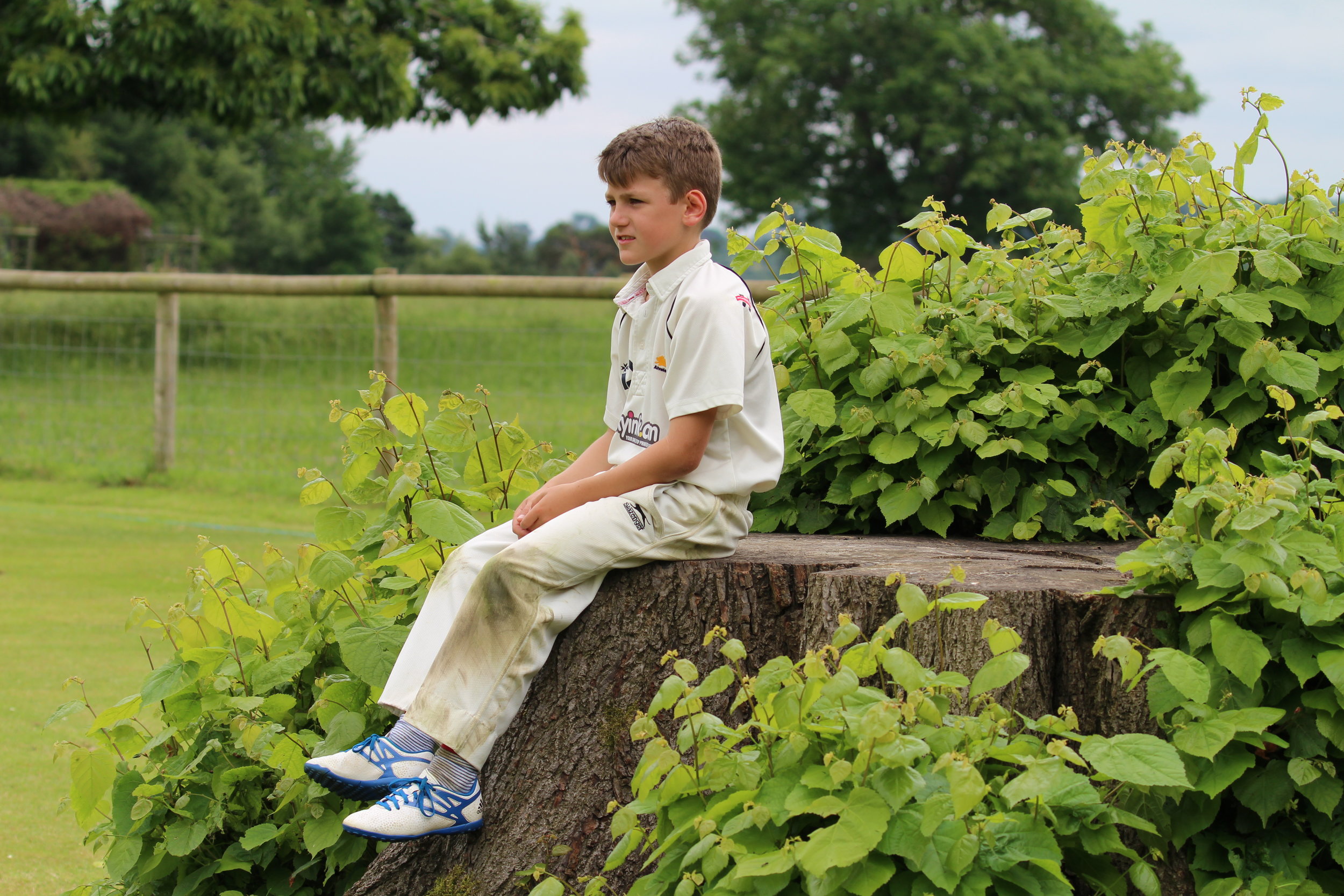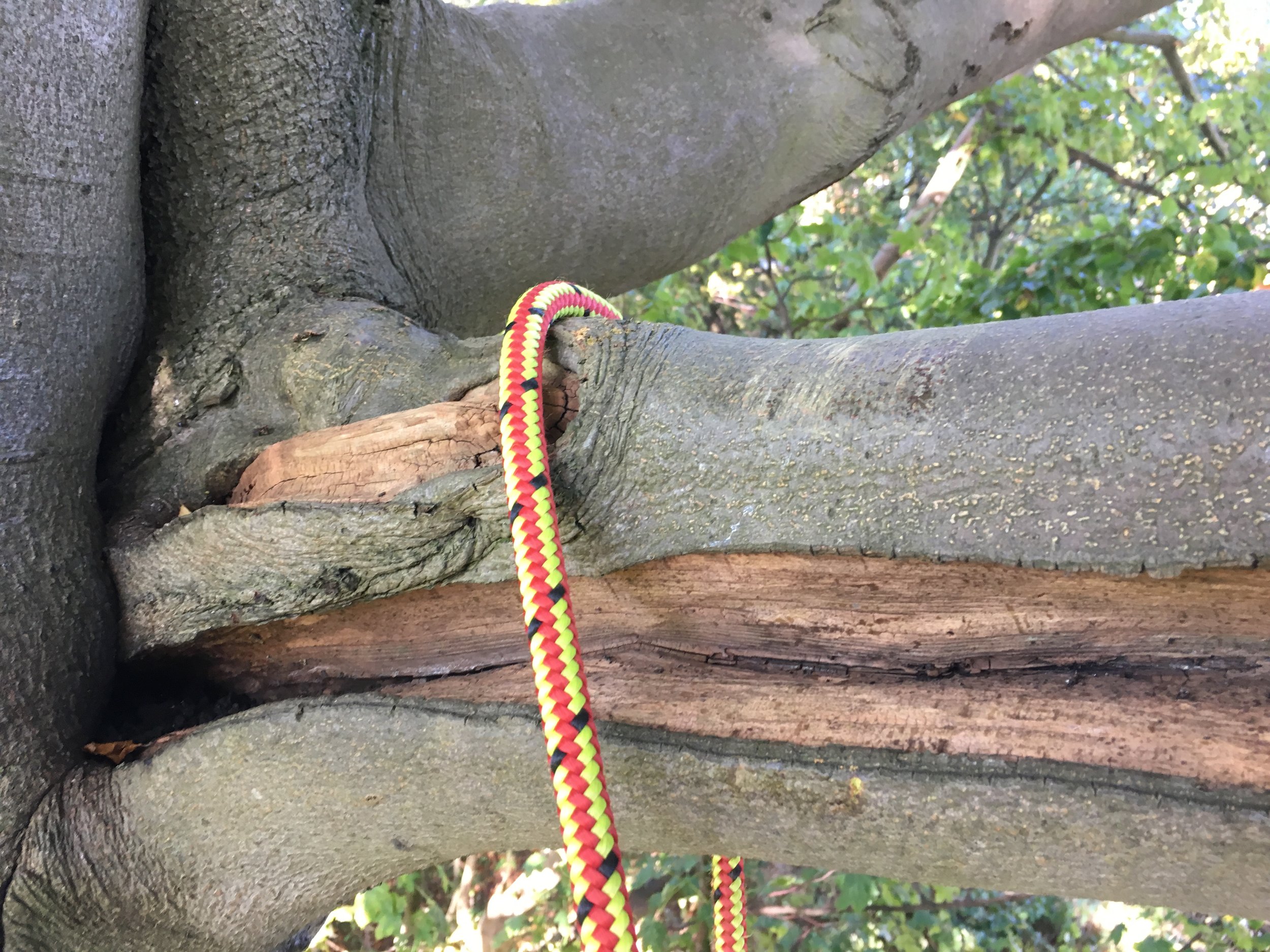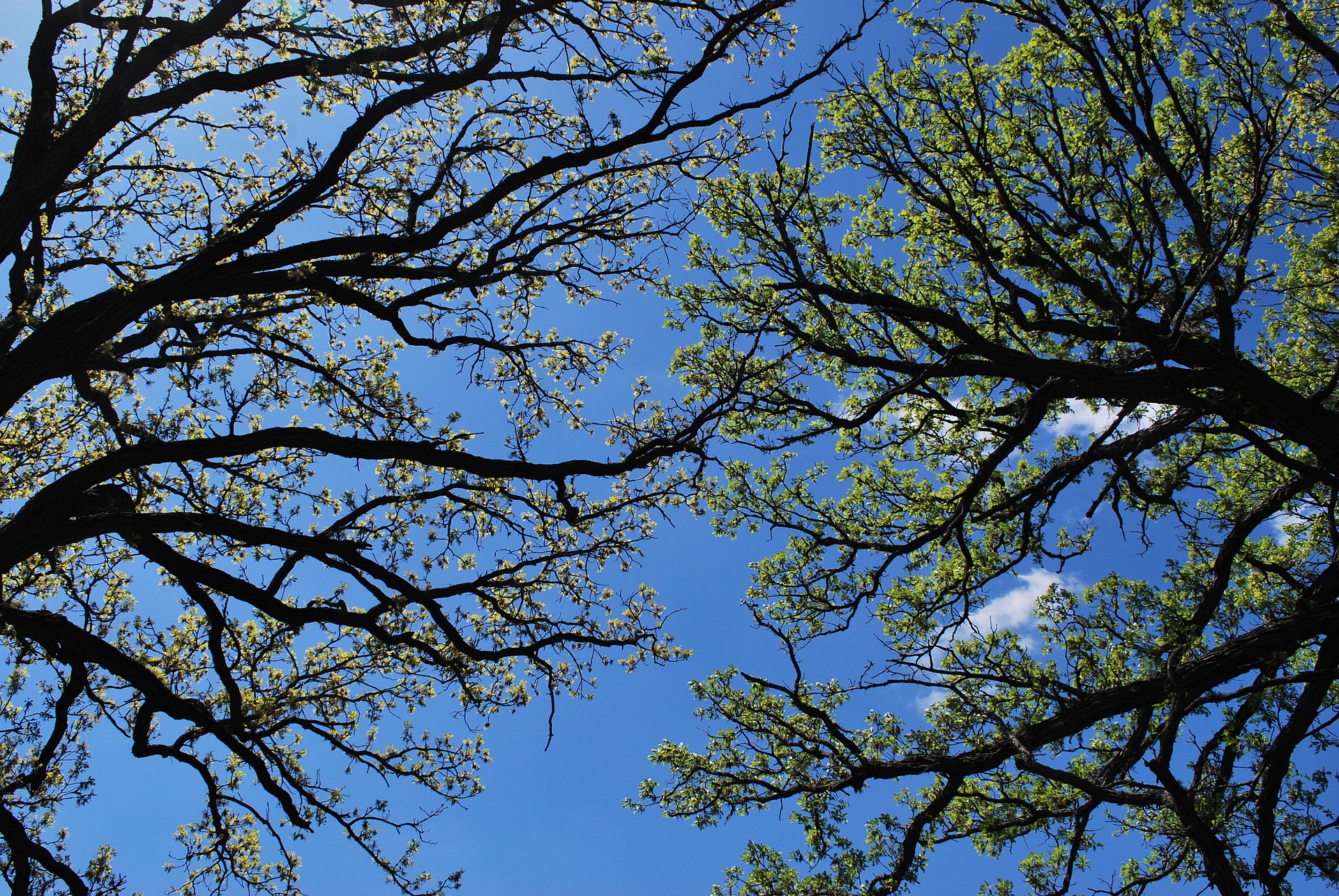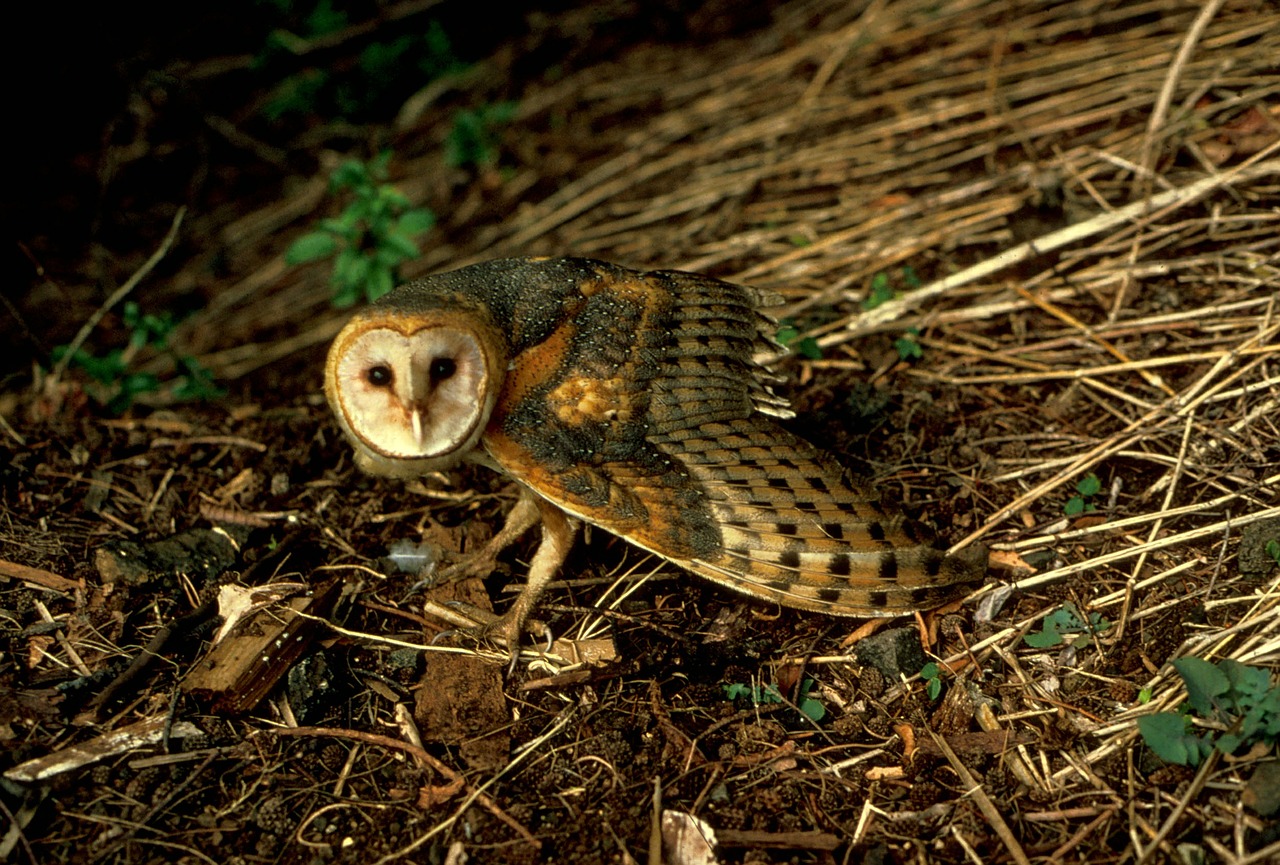Extended Phase 1 Habitat Surveys in Shropshire
Over the past 12 months BiOME has completed more than ten Extended Phase 1 Habitat Surveys (EP1HS) in Shropshire, assisting clients across a variety of sectors.
We were delighted to complete an EP1HS and protected species survey to assist Alveley Cricket Club in their planning application for a new ground and clubhouse. Having outgrown their existing facilities, the club identified a plot of pastoral farmland on the edge of the village and were investigating the feasibility of development. BiOME initially completed an EP1HS which identified a suite of common habitats within the proposed development site. Immediately adjacent to the site boundary a number of habitat features exhibited characteristics to suggest that they could support protected species; further ecology surveys were therefore required.
Three ponds were found and Habitat Suitability Index (HSI) assessments were completed to determine the potential suitability of these ponds to support breeding populations of Great Crested Newts (GCN). HSI assessment for GCN is a numerical index, between 0 and 1, and provides a measure of habitat suitability; in general, ponds with high HSI scores are more likely to support GCN than those with low scores. This assessment concluded that these ponds were highly unlikely to support GCN and no further works in relation to this species were therefore required.
Around the site boundary a number of mature Oak trees were present, with Potential Roost Features (PRF) for bats identified. Bat surveys, through the aerial inspection of these PRFs, were completed by our team of licenced tree climbers to determine the presence/likely absence of roosting bats. During these surveys Barn Owl surveys were also undertaken, to evaluate the potential presence of this species breeding in trees in the area.
Signs of Badgers were observed in the vicinity of the site, including prints, hairs and latrines. A dedicated Badger survey was completed which identified two Badger setts, some distance from the proposed development site.
Finally, an Otter survey was completed focusing on the riparian habitats near the site. This survey was completed by searching for field signs of this species, and also though the deployment of camera traps.
Following the evaluation of all survey data, the compilation of reports and the assessment of likely effects, no significant adverse ecological impacts were predicted. The development will include a large amount of native tree and shrub planting, the installation of bat boxes, Badger gates in all fence lines and a Barn Owl box to ecologically enhance the ground. Hopefully the children who enjoy their cricket at this new facility in southeast Shropshire will get to share it with some interesting wildlife as a result of these enhancements.
